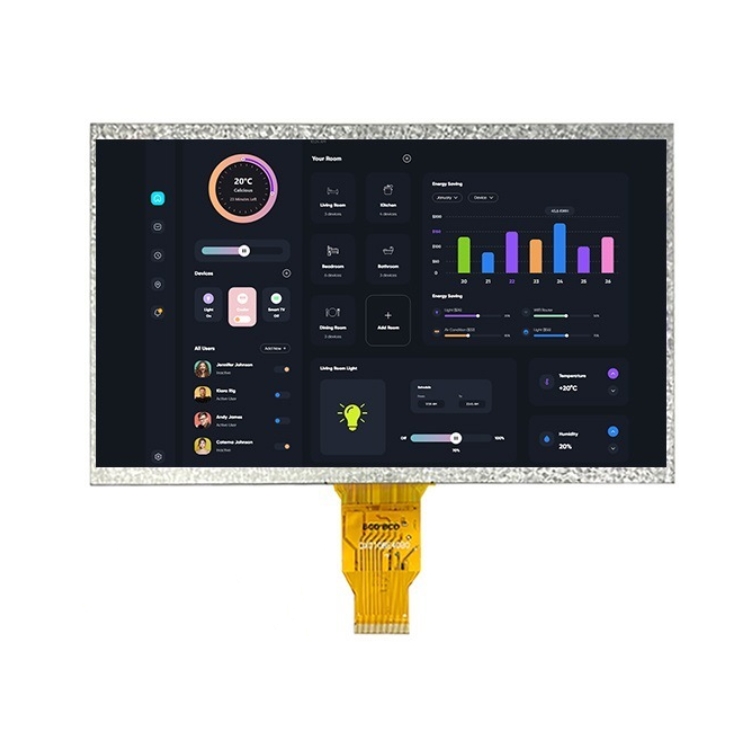Navigating the Types of TFT LCD Modules: Understanding Their Display Content and Pros And Cons
2024-05-31
TFT LCD Modules, or Thin-Film Transistor Liquid Crystal Display Modules, are the backbone of numerous displays in today's technology-driven world. From smartphones to laptops, TVs, and even industrial equipment, TFT LCD Modules power the visual interfaces we interact with daily. However, not all TFT LCD Modules are created equal. Their performance and capabilities vary depending on the type of display content they are designed to handle. Let's explore the different types of TFT LCD Modules based on their display content and their respective advantages and disadvantages.
Standard TFT LCD Modules
Standard TFT LCD Modules are the most common type and are used in a wide range of applications. They provide good color reproduction and viewing angles, making them suitable for consumer electronics like smartphones and laptops. However, their brightness and contrast ratio might not be sufficient for demanding applications like outdoor displays.
Advantages: Cost-effective, good color reproduction, wide viewing angles.
Disadvantages: Limited brightness and contrast ratio, not suitable for outdoor use.
Transmissive TFT LCD Modules
Transmissive TFT LCD Modules rely on backlighting to produce an image. They are typically brighter and have higher contrast ratios than standard TFT LCD Modules, making them suitable for indoor applications that require vivid and vibrant visuals. However, their performance drops significantly in direct sunlight.
Advantages: Bright and vivid visuals, good contrast ratio.
Disadvantages: Poor performance in sunlight, higher power consumption.
Transflective TFT LCD Modules
Transflective TFT LCD Modules combine the features of transmissive and reflective displays. They can utilize both backlighting and ambient light to produce an image, making them ideal for applications that require both indoor and outdoor use. However, their color reproduction and viewing angles might not be as good as other types.
Advantages: Suitable for both indoor and outdoor use, lower power consumption.
Disadvantages: Limited color reproduction and viewing angles.
Color TFT LCD Modules
Color TFT LCD Modules are specifically designed to display full-color images. They have a higher pixel density and wider color gamut, resulting in more vivid and realistic visuals. However, they tend to be more expensive than other types of TFT LCD Modules.
Advantages: Vivid and realistic color reproduction, high pixel density.
Disadvantages: Higher cost, might not be suitable for all applications.
Monochrome TFT LCD Modules
Monochrome TFT LCD Modules display only black and white images. While they might seem outdated in today's color-rich world, they are still used in applications that don't require color displays or where cost is a major concern. Monochrome TFT LCD Modules are also known for their high contrast ratio and readability in direct sunlight.
Advantages: High contrast ratio, readability in sunlight, lower cost.
Disadvantages: Limited to black and white display.
In conclusion, choosing the right type of TFT LCD Module for your application is crucial. Understanding the different types, their display content, and their respective advantages and disadvantages will help you make an informed decision and ensure that your display meets your specific requirements.



